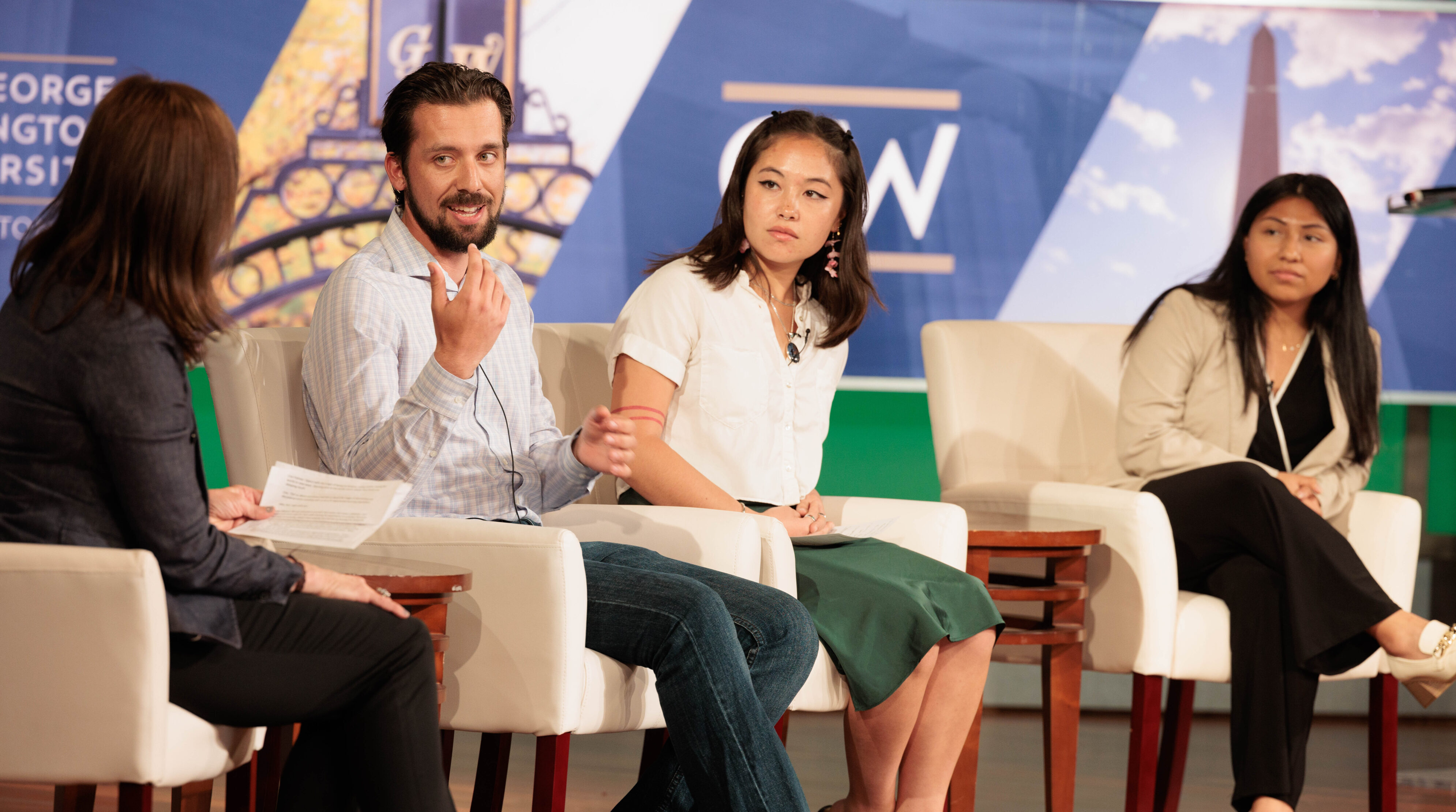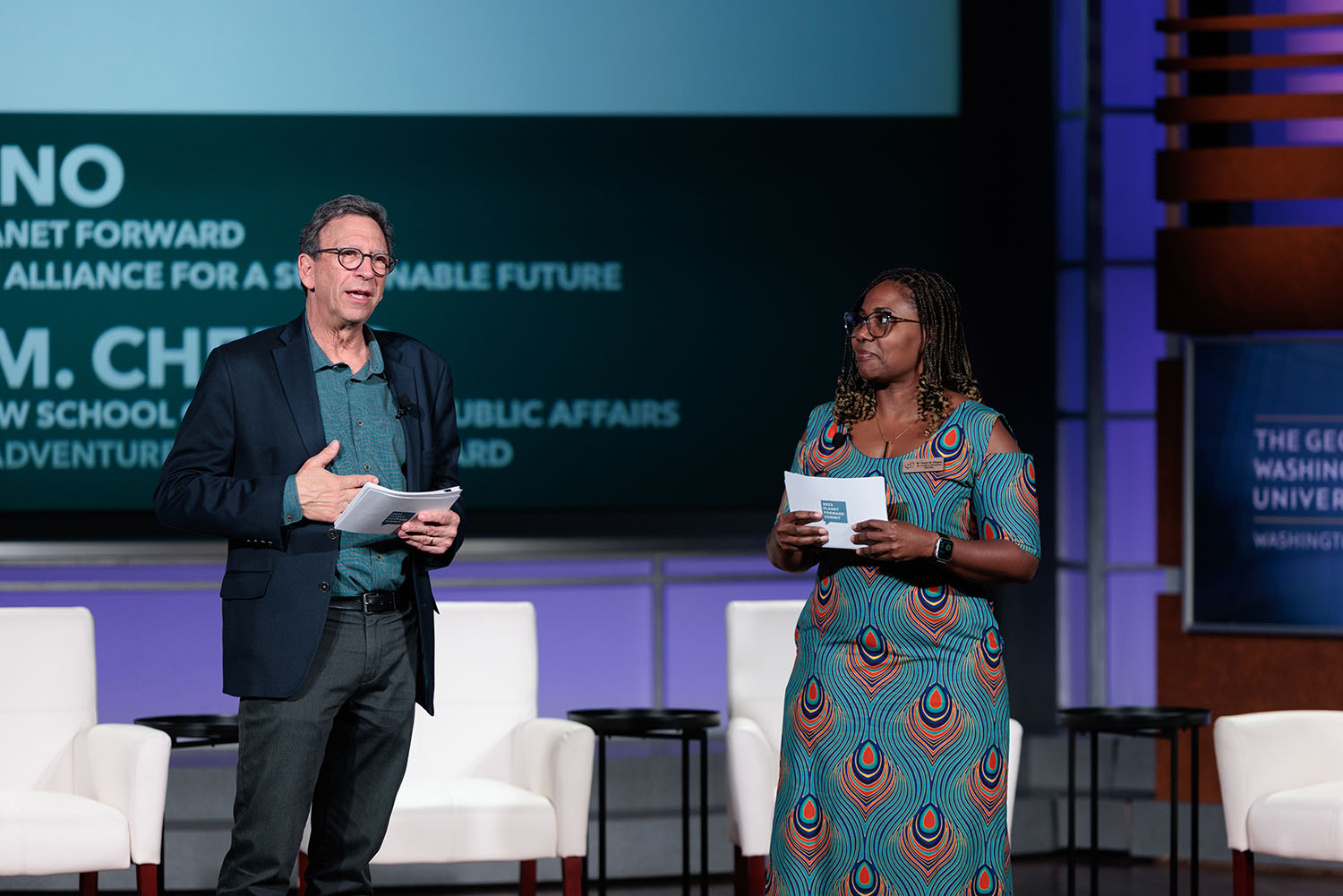
How to breach the gap between environmentalists and the public

The environmental movement tends to portray humans as this evil parasite sucking the life from this world. I’m not arguing that humans aren’t altering the earth at an alarming rate – that is an undeniable truth, but the issue is much more complicated than the way we portray it. The world isn’t black and white, it’s varying shades of gray. The ways in which the environmental movement approaches issues of concern need to be addressed in order to make a lasting change in this world. The current approaches are not working for millions of people because there is a huge disconnect between environmentalists and average people with little to no scientific background, and this is creating a deep distrust of environmentalism as a whole.
Our approach to environmentalism is missing the key factor to success of any persuasive argument – How does it affect me? Why should I care? Mainstream environmentalism really only caters to the rich and more affluent members of society who have the luxury to sit back and care for something more than just their daily struggle to survive. Ironically enough, it is the poor communities that are disproportionately affected by most environmental issues. We must also consider that the average person does not have the means to live the “sustainable” lifestyle that environmentalists preach about. You can’t just shout at people and make them feel bad for their choices and actions. That kind of ignorance and hate only breeds more ignorance and hate.
This is why so many people view the environmental movement as a joke. How else would you expect people to react when you yell at them and tell them that they are bad for not buying a product that costs at least twice as much as the cheaper substitute that they can only barely afford? It’s like some sort of sick joke where these people tell you that you are destroying the environment and your health by purchasing inorganic foods that *gasp* contain GMO’s, yet these same people refuse to take into consideration the fact that you literally cannot afford to buy anything else. Let’s face it, organic foods are extremely expensive, and fresh produce alone is already a luxury for most low-income families. Starchy, processed foods are the main staples in their diets because they’re cheap and they will hopefully leave their families feeling full.
So how should we approach this issue? – With an open heart and an open mind. We need to actively listen to people, and I don’t mean listening just to respond. I mean truly listening so that you can better understand people. By listening, you’ll come to understand the issues that most people care about – having a roof over their head, food on their table, access to clean water, and the health and well-being of their friends and families. Once you know what people care about, it’s only a matter of framing the environmental issue in a way that connects it back to the people and what they care about. We will get nowhere with our movement if we cannot make people care about the issue, so we need to find what our audience already cares about and connect that to the issue at hand.



















